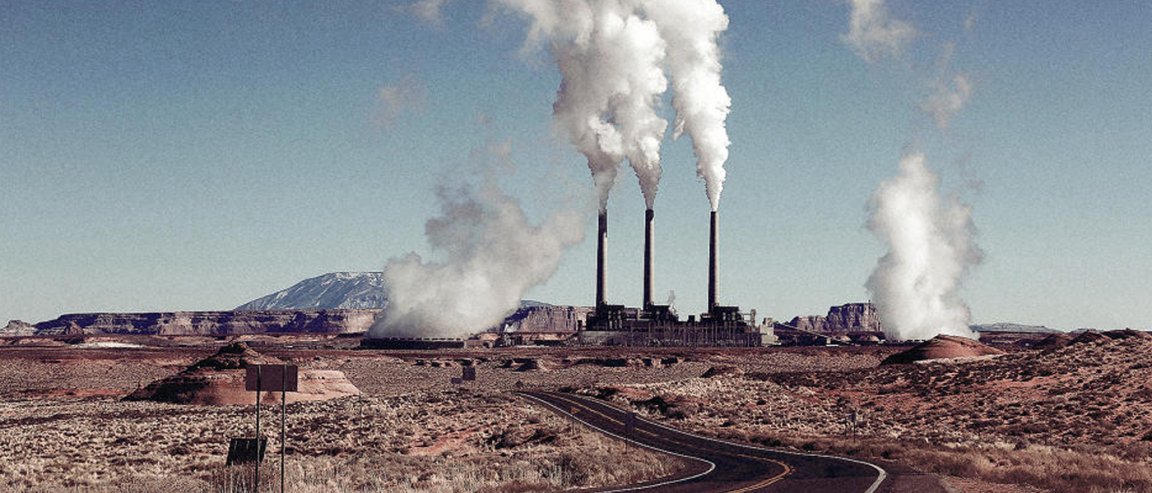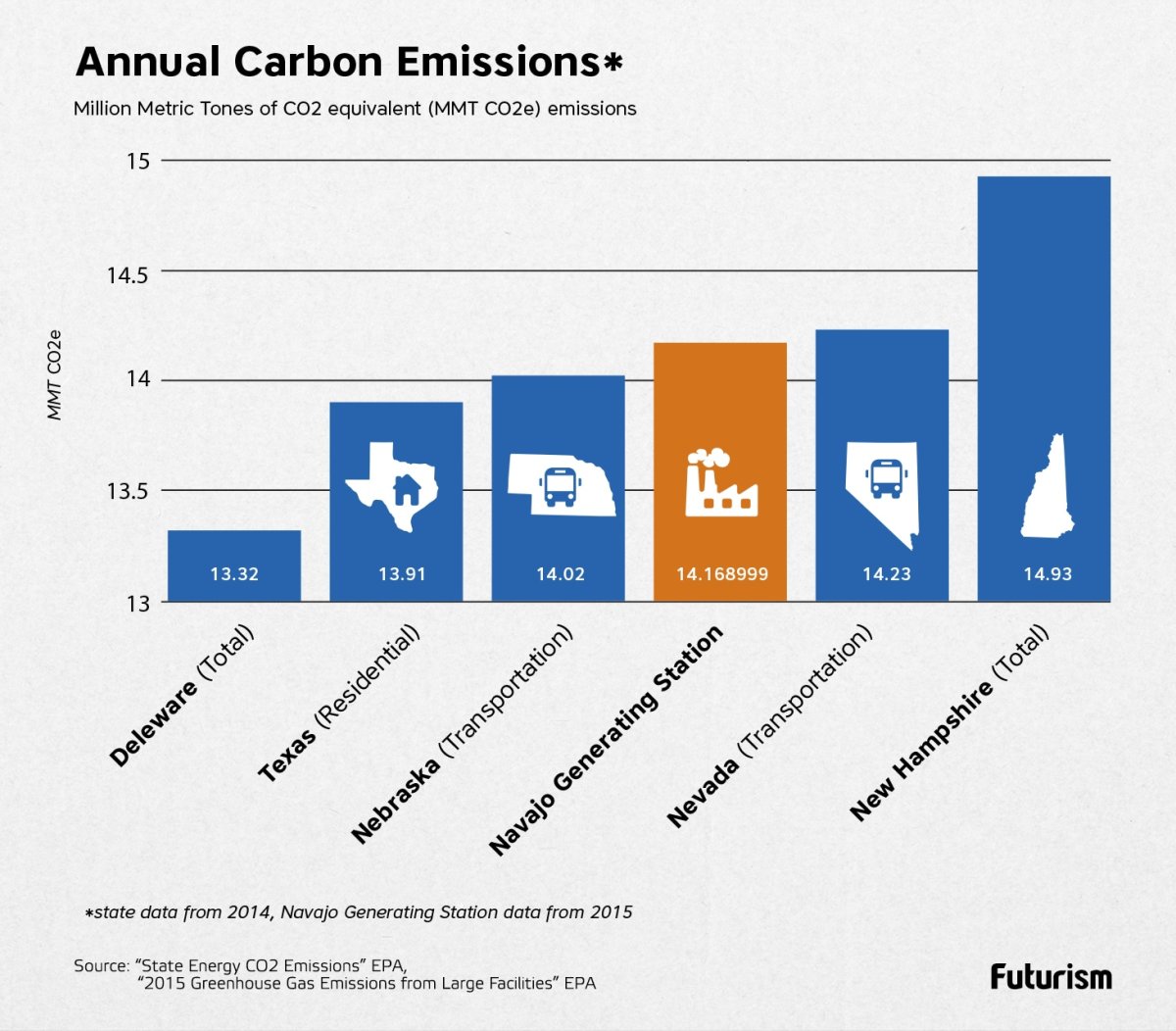
Coal is a Dying Industry
Signs that are on the decline are everywhere. For one, nations are keen on cutting down their fossil fuel consumption. Then there’s the growing solar energy business that’s looking to overtake coal. The technology industry is also taking steps to ensure the demise of fossil fuels. And, in perhaps one of the clearest signs of decline, the Navajo Generating Station near Page, Arizona, announced that it will be closing by 2019, more than two decades ahead of its EPA-mandated 2044 shutdown.
The Navajo station is the largest coal-fire power plant in the western United States, and is the seventh largest individual contributor to climate pollution in the country. Its shut down will greatly reduce the US by eliminating the 14 million metric tons of carbon dioxide it has put out every year. It will also potentially save more than $127 million a year in health expenses.

Another advantage of the plant closure is that the water it has been guzzling may soon be available as drinking water, which will be a significant win for the Navajo people, according to Percy Deal from local Navajo environmental group Dine Care.
“It’s clean water that they’re using,” Deal said in an interview with Co.Exist. “I really believe that it’s time to put an end to that. That 31,000 acre-feet of water is Navajo water, and for almost 50 years now, Navajos have not been able to use it.”
Can’t Compete
The Navajo power plant is just one in a growing trend of closures. The Tennessee Valley Authority has closed down three fossil fuel plants since 2011. Duke Energy has closed down 12 coal plants in the span of five years, with another one scheduled to cease operations by 2020. And by 2018, two large coal plants in Ohio operated by Dayton Power and Light are set to close to make way for new solar and wind projects.
These closures aren’t due solely to government regulations, but also to economic realities. Coal is just becoming too expensive when compared to alternatives, said Scott Harelson, spokesperson for one of the owners of the Navajo plant. “The economics are changing and this has kind of shifted how the owners look at potentially the future of the plant,” Harelson said to the Arizona Republic.
The entire energy industry is feeling the shift, according to David Schissel, who is the director of resource planning analysis at the Institute for Energy Economics and Financial Analysis. “The market forces working against coal are not going away,” Schissel told Co.Exist. “As new gas-fired and renewable resources are being added every month, this means that more supply-side resources are competing for the same or almost the same demand. This is not good for coal.”
As coal continues on this downward path, many wonder how President Trump’s promises “to bring back coal” will play out. For Schissel, it won’t make much of a difference. “[The] new administration can slow the pace at which coal plants will be retired in the near future,” Schissel said, “but it can’t stop the process entirely or reverse it.”